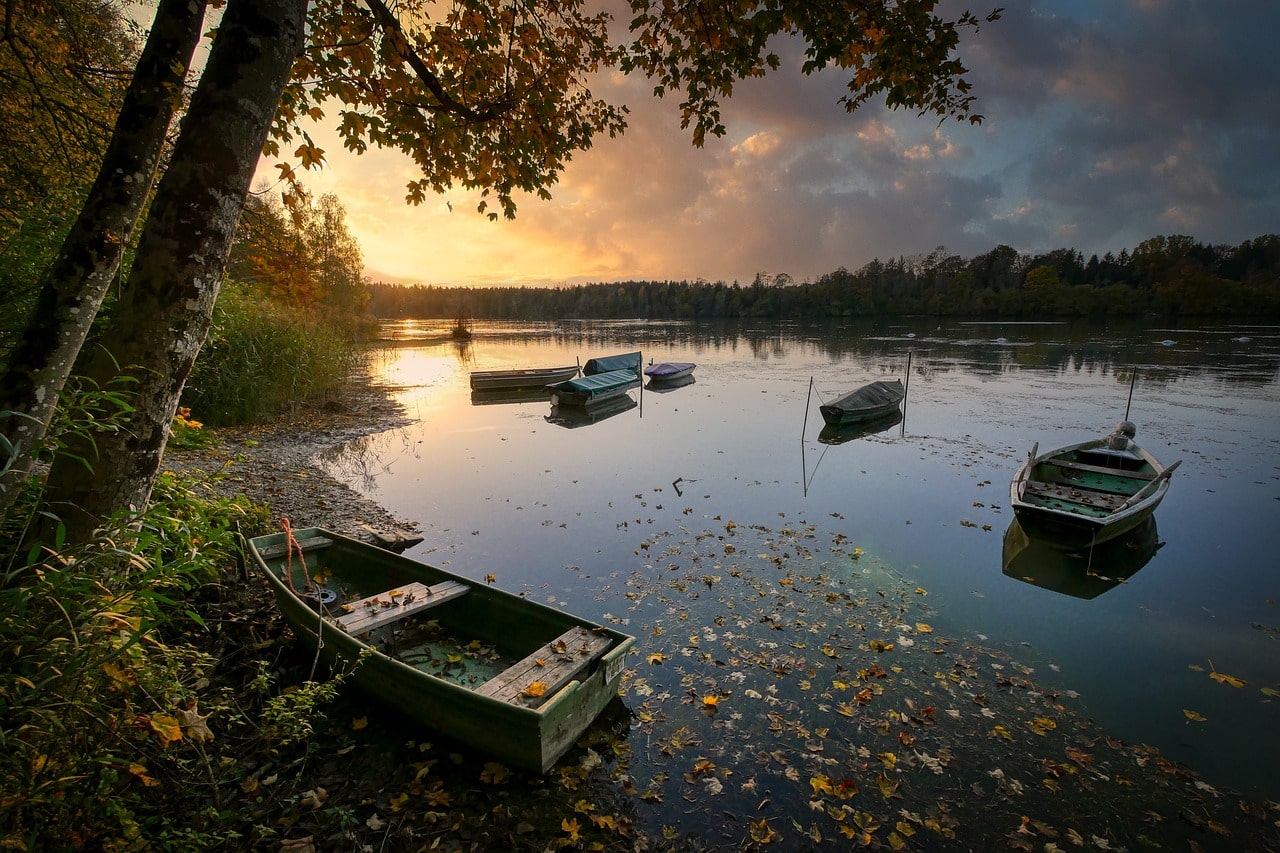Stave Lake and Hayward Lake are two interconnected reservoirs in the Lower Mainland of British Columbia, Canada. Both offer scenic beauty and a range of recreational opportunities.
Stave Lake
Stave Lake, a large reservoir in the Fraser Valley, was formed in 1912 by the construction of the Stave Falls Dam. The dam harnesses the power of the Stave River, creating the lake and generating hydroelectric power. Stave Lake covers an area of approximately 60 square kilometers, making it one of the largest lakes in the region.
Recreation: Stave Lake is a popular destination for outdoor activities, including boating, fishing, and camping. The area surrounding the lake is known for its rugged terrain and dense forests, providing a scenic backdrop for various recreational pursuits. The lake’s extensive shoreline offers numerous spots for picnicking and relaxation.
Hayward Lake
Hayward Lake, located downstream from Stave Lake, was created by the Ruskin Dam and completed in 1930. The lake serves both as a recreational area and a hydroelectric reservoir. It is smaller than Stave Lake but offers a more developed set of recreational facilities.
Recreation: Hayward Lake is renowned for its well-maintained recreational facilities, including swimming beaches, picnic areas, and hiking trails. The Hayward Lake Reservoir Trail, a 16-kilometer loop around the lake, is popular among hikers and mountain bikers. The hike offers lovely views of the surrounding forests and the lake. Not to mention, Hayward Lake is renowned for its excellent bass and rainbow trout fishing.
Both lakes are part of the BC Hydro reservoir system and are crucial for hydroelectric power generation in the region. They are also vital for flood control and water management.

